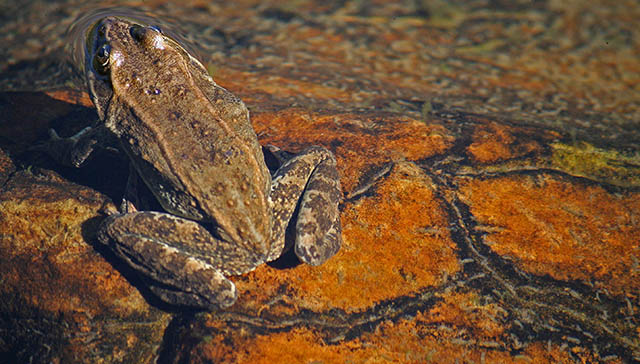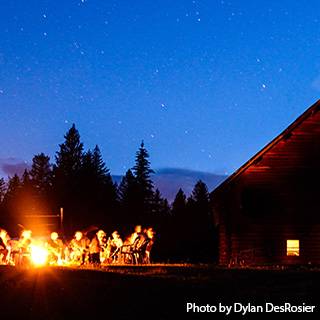Fish & Wildlife Management on Federal Lands
The authority and responsibility for managing fish and wildlife on federal lands and in federally designated wilderness is often a source of controversy. Conflicts between federal and state governments in the management of wildlife on federal lands have intensified in recent years. Consider, for example, recent decisions by the National Park Service and Fish and Wildlife Service to preempt Alaska’s hunting regulations and predator control measures that were in conflict with National Park and Refuge laws (and the use of the Congressional Review Act to rescind one of these rules in March, 2017). Other examples include predator killing contests on lands managed by the U.S. Forest Service and Bureau of Land Management, wolf control in federally designated wilderness areas, and controversy surrounding hunting and trapping on private inholdings within Grand Teton National Park.
Other examples include predator killing contests on lands managed by the U.S. Forest Service and Bureau of Land Management, wolf control in federally designated wilderness areas, and controversy surrounding hunting and trapping on private inholdings within Grand Teton National Park.
Observing increasing conflict and confusion about the authority to manage wildlife on federal lands and wilderness, the Bolle Center for People and Forests began developing an authoritative review of the legal and policy context of wildlife management on federal lands with the objective of providing a more common understanding amongst federal and state agencies.
To that end, Director of the Bolle Center Martin Nie assembled a research team consisting of two additional academics (Sandra B. Zellmer, Professor of Law, University of Nebraska-Lincoln and Julie Joly, former Associate Professor of Resources Law and Policy at University of Alaska Fairbanks) and three consultants (all now retired) having decades of experience on federal public lands and wildlife management, working for the U.S. Department of Agriculture’s Office of the General Counsel (Kenneth Pitt), USFS (Jonathan Haber, a former planning specialist), and U.S. Department of Interior’s BLM (Christopher Barns, a former wilderness specialist at the Arthur Carhart National Wilderness Training Center).
The article (PDF version) will be published this fall in Environmental Law, Vol. 47, no. 4 (2017).
A PDF of a PowerPoint presentation about the article is available (to access narration/presenter’s notes please download the pdf and double-click box at upper left-hand corner)
We made a draft publically available prior to publication to receive constructive feedback, criticism and suggestions. Please send to martin.nie@umontana.edu.
The article is also summarized in this 3-page briefing paper (PDF).
